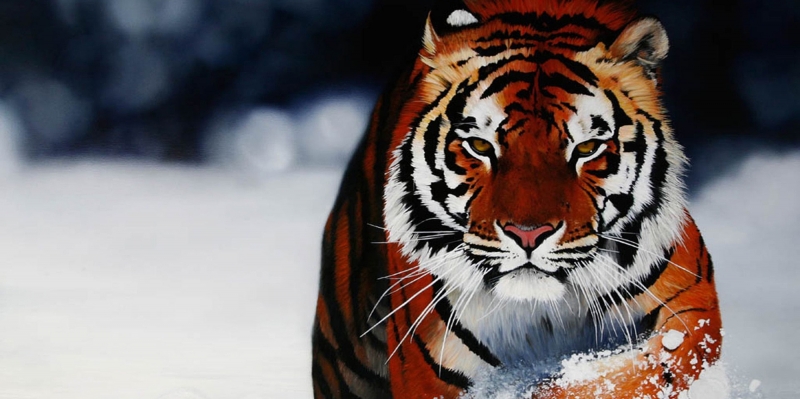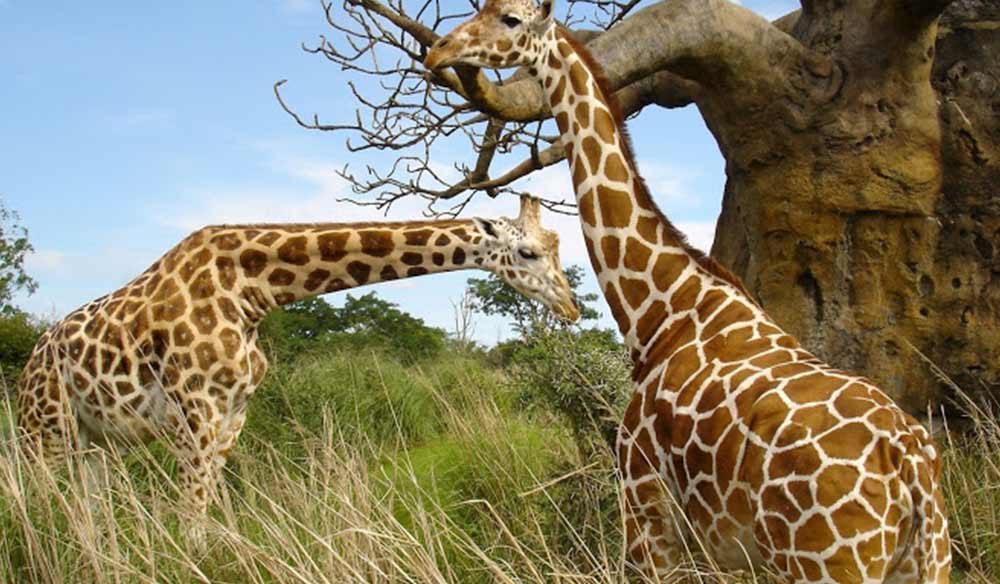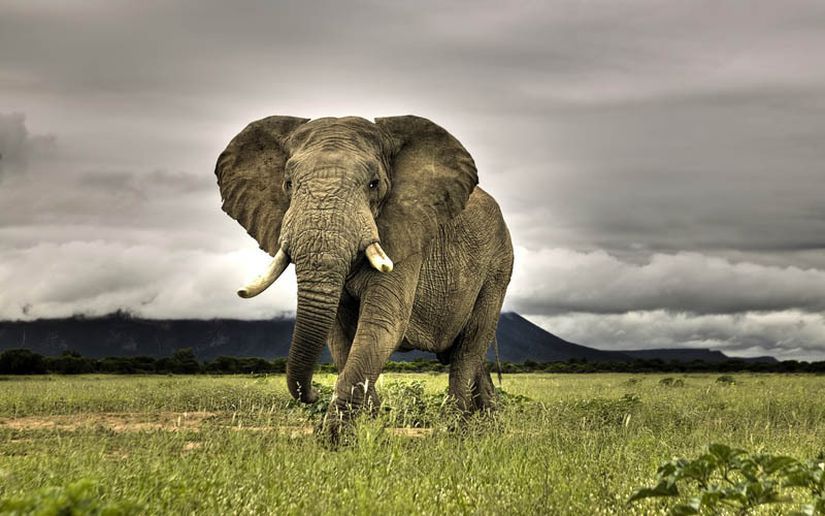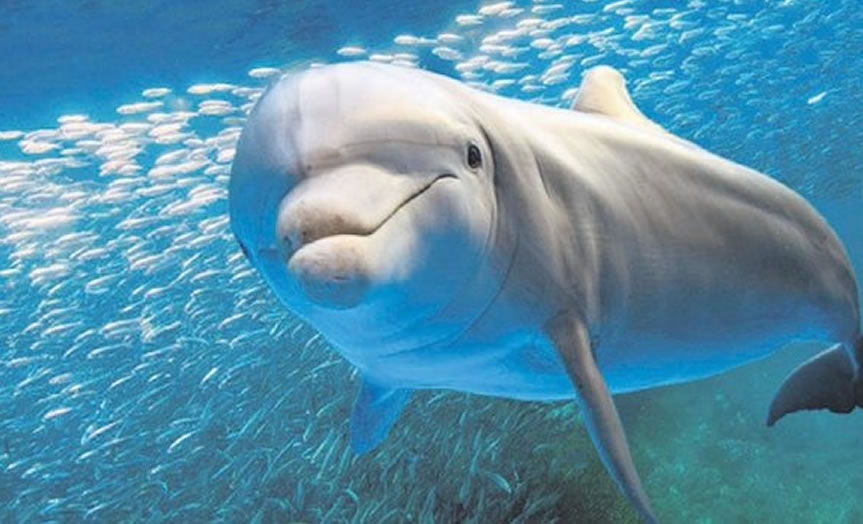The Animal Kingdom: The Rich World of Nature's Creatures
The Animal Kingdom: The Rich World of Nature's Creatures

Animals, among nature's most magnificent creatures, exhibit fascinating and captivating diversity across every corner of our planet. With their various characteristics and habitats, animals constitute an essential part of the Earth's ecosystem. In this article, we will delve into the animal kingdom, exploring the features, habitats, behaviors, and relationships of different species with humans.
I. The Animal Kingdom: Definition and Characteristics
Animals encompass a wide range of creatures belonging to various families such as Canidae, Felidae, Ursidae, Equidae, and many more. These creatures can be broadly classified into two main groups: vertebrates and invertebrates. Vertebrates are further divided into subgroups such as fish, birds, reptiles, amphibians, and mammals, while invertebrates include insects, mollusks, crustaceans, and cnidarians.
Animals possess diverse features and abilities. Some can fly, some live in water, and others roam the land. They can be carnivorous, herbivorous, or omnivorous. Additionally, animals can develop complex social structures and communication systems. Each species has its unique role and ecological importance, making the animal kingdom crucial for maintaining natural balance and diversity.
II. Classification and Types of Animals
Animals can be classified in various ways based on their characteristics. Generally, animals are categorized into vertebrates and invertebrates. Here are some classifications and types of animals:
- Vertebrates:
- Fish: Gilled aquatic creatures that inhabit oceans, rivers, and lakes. Examples include salmon, stingrays, and sharks.
- Birds: Vertebrates known for their feathers and ability to fly. Examples include eagles, pigeons, and owls.
- Mammals: Vertebrates nourished with milk and found in various habitats. Examples include cats, dogs, elephants, and humans.

- Invertebrates:
- Insects: Six-legged, exoskeleton-clad invertebrates. Examples include ants, butterflies, and cockroaches.
- Mollusks: Invertebrates without shells. Examples include squids, mussels, and snails.
- Crustaceans: Invertebrates with external shells. Examples include crabs, lobsters, and shrimp.
These classifications encompass a wide range of animal diversity with different features and habitats.
III. Behaviors and Communication Styles of Animals
Animals exhibit various behaviors to communicate and interact with their surroundings. Here are some common animal behaviors and communication styles:
- Herd Behavior: Some animal species move in groups for activities such as hunting, migrating, or nesting. These groups provide protection and cooperation, aiding the survival of the animals.
- Social Communication: Many mammalian species interact with others using body language, sounds, and scents. These communication methods help establish hierarchies within groups, find mates, or alert others in case of danger.
- Altruistic Behavior: Some animals display tendencies to help other members of their species. For example, elephants may assist each other in times of need, while wolves may collaborate during hunting.
- Play and Entertainment: Many animal species engage in play and leisure activities. These behaviors often strengthen social bonds among young animals and develop pre-adult skills.

Animal behaviors and communication styles may vary depending on their species' social structures, habitats, and natural behavior patterns.
IV. Ecological Role and Importance of Animals
Animals play vital roles in ecosystems and influence various ecological processes. For example:
- Soil Quality: Some animals enhance soil quality by digging and depositing their feces, promoting plant growth.
- Pollination: Pollinators such as bees, butterflies, and birds aid in plant reproduction, increasing agricultural productivity.
- Food Chain: Animals occupy different levels of the food chain, facilitating energy flow. Predatory animals help control prey populations, while herbivores regulate plant populations.
- Environmental Balances: Predatory animals maintain ecosystem balance by controlling prey populations, preventing overhunting, and preserving species diversity.

The ecological roles of animals are crucial for maintaining natural balance and ecosystem health.
V. Relationship Between Humans and Animals
The relationship between humans and animals has evolved over thousands of years and developed in various ways. Humans have used animals for hunting, agricultural activities, pet keeping, and entertainment.
Today, for many people, animals are not only resources or sources of entertainment but also family members or therapy aids. Pets can fulfill emotional needs and support health and well-being.
However, the relationship between humans and animals is not limited to pets. Many individuals contribute to animal conservation by preserving natural habitats and supporting wildlife. Additionally, therapy animals used in animal-assisted therapy programs and service animals like guide dogs can support human health and well-being.
In conclusion, the animal kingdom represents one of nature's most fascinating and diverse aspects. Preserving natural balance, environmental sustainability, and animal conservation are crucial for the vitality and diversity of our planet. The relationship between humans and animals highlights the importance of these efforts.
Kaynakça
- ^ Turner, Elizabeth C. (28 Temmuz 2021). "Possible poriferan body fossils in early Neoproterozoic microbial reefs". Nature (İngilizce): 1-5. doi:10.1038/s41586-021-03773-z. ISSN 1476-4687. 29 Temmuz 2021 tarihinde kaynağından arşivlendi. Erişim tarihi: 29 Temmuz 2021.
- ^ Kubbealtı Lugati
- ^ TDK Derleme Sözlüğü
- ^ Eş ve Yakın Anlamlı Kelimeler Sözlüğü
- ^ Pamukkale Üniversitesi İngilizce Sözlük
- ^ Hani Astolin (2019), Türk'ün Gizlenen Bilgisini Arayan Türk
- ^ a b Bobrovskiy, Ilya; Hope, Janet M.; Ivantsov, Andrey; Nettersheim, Benjamin J.; Hallmann, Christian; Brocks, Jochen J. (21 Eylül 2018). "Ancient steroids establish the Ediacaran fossil Dickinsonia as one of the earliest animals". Science (İngilizce). 361 (6408): 1246-1249. doi:10.1126/science.aat7228. ISSN 0036-8075. PMID 30237355. 24 Haziran 2021 tarihinde kaynağından arşivlendi. Erişim tarihi: 20 Haziran 2021.
- ^ Maloof, Adam C.; Rose, Catherine V.; Beach, Robert; Samuels, Bradley M.; Calmet, Claire C.; Erwin, Douglas H.; Poirier, Gerald R.; Yao, Nan; Simons, Frederik J. (Eylül 2010). "Possible animal-body fossils in pre-Marinoan limestones from South Australia". Nature Geoscience (İngilizce). 3 (9): 653-659. doi:10.1038/ngeo934. ISSN 1752-0908. 2 Mayıs 2017 tarihinde kaynağından arşivlendi. Erişim tarihi: 20 Haziran 2021.
- ^ Shen, Bing; Dong, Lin; Xiao, Shuhai; Kowalewski, Michał (4 Ocak 2008). "The Avalon Explosion: Evolution of Ediacara Morphospace". Science (İngilizce). 319 (5859): 81-84. doi:10.1126/science.1150279. ISSN 0036-8075. PMID 18174439. 24 Eylül 2015 tarihinde kaynağından arşivlendi. Erişim tarihi: 20 Haziran 2021.
- ^ "Energy metabolism in anaerobic eukaryotes and Earth's late oxygenation". Free Radical Biology and Medicine (İngilizce). 140: 279-294. 20 Ağustos 2019. doi:10.1016/j.freeradbiomed.2019.03.030. ISSN 0891-5849. PMC 6856725 $2. PMID 30935869. 16 Mart 2021 tarihinde kaynağından arşivlendi. Erişim tarihi: 20 Haziran 2021.
- ^ Maloof, Adam C.; Porter, Susannah M.; Moore, John L.; Dudás, Frank Ö; Bowring, Samuel A.; Higgins, John A.; Fike, David A.; Eddy, Michael P. (1 Kasım 2010). "The earliest Cambrian record of animals and ocean geochemical change". GSA Bulletin (İngilizce). 122 (11-12): 1731-1774. doi:10.1130/B30346.1. ISSN 0016-7606.


































